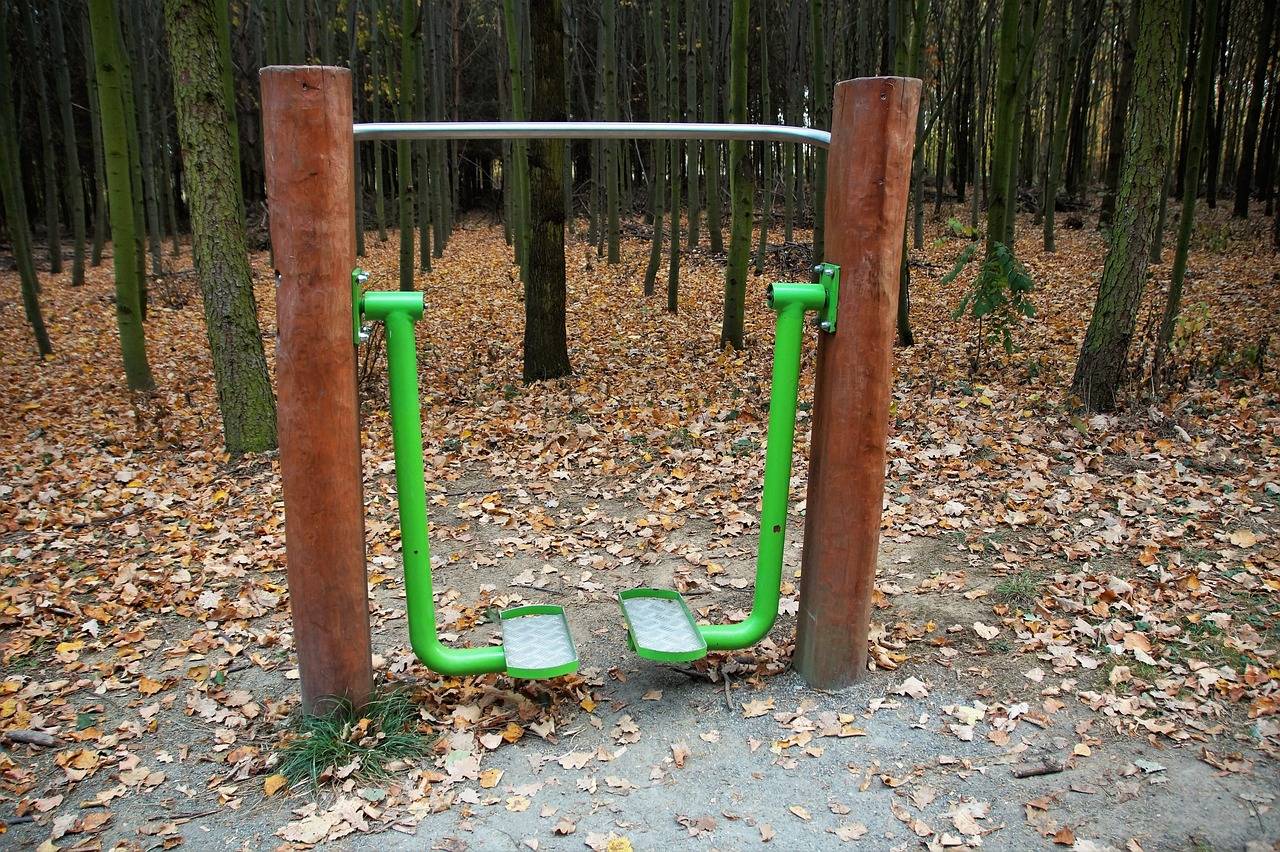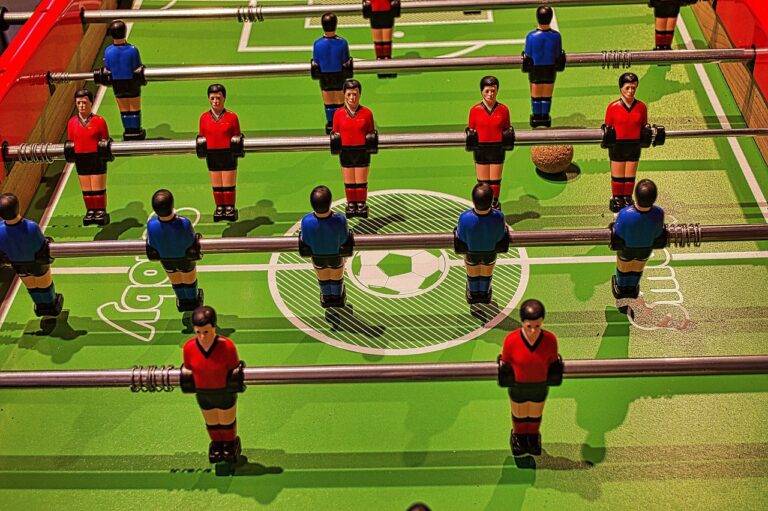Review: Advances in Virtual Reality Sports Training
Virtual reality (VR) technology has revolutionized sports training by providing athletes with immersive and interactive simulations. One of the key advantages of utilizing VR in sports training is the ability to recreate realistic game scenarios. Athletes can practice in virtual environments that mimic real game situations, allowing them to improve their decision-making skills and reactions in a controlled setting.
Moreover, VR enhances the mental aspect of sports training by helping athletes visualize and strategize in a simulated environment. By immersing players in virtual scenarios, coaches can tailor training sessions to focus on specific skills and tactics. This personalized approach not only optimizes performance but also boosts athlete confidence and mental preparation for actual competitions.
The Impact of VR on Athlete Performance
Virtual reality (VR) has revolutionized the way athletes train and perform. By immersing athletes in realistic virtual environments, VR technology enhances decision-making skills, reaction time, and spatial awareness. This interactive approach allows athletes to simulate game scenarios and practice under pressure, leading to improved performance on the field or court.
Moreover, VR enables athletes to visualize and analyze their movements in a detailed manner, thus aiding in technique refinement and injury prevention. This instant feedback loop provided by VR training helps athletes make adjustments promptly and perfect their skills more efficiently. As a result, athletes can progress faster in their training and reach peak performance levels in a shorter period of time.
How can virtual reality benefit athletes in their training?
Virtual reality can provide a realistic and immersive training environment for athletes to practice various scenarios and improve their skills without the risk of injury.
Can virtual reality help athletes visualize and strategize during competitions?
Yes, virtual reality can help athletes visualize different game scenarios, analyze opponents’ movements, and improve decision-making skills, ultimately enhancing their performance during competitions.
Are there any specific sports that have seen significant improvements in performance due to virtual reality training?
Yes, sports like football, basketball, and golf have all incorporated virtual reality technology into their training programs, leading to improved performance and skill development among athletes.
How accessible is virtual reality technology for athletes at different levels of competition?
While virtual reality technology was once limited to professional sports teams, it is becoming more accessible to athletes at all levels of competition through the development of affordable VR systems and training programs.
Are there any potential drawbacks to using virtual reality in sports training?
Some potential drawbacks of virtual reality training include the cost of equipment, the need for technical support and expertise, and the risk of overreliance on technology instead of traditional training methods.





